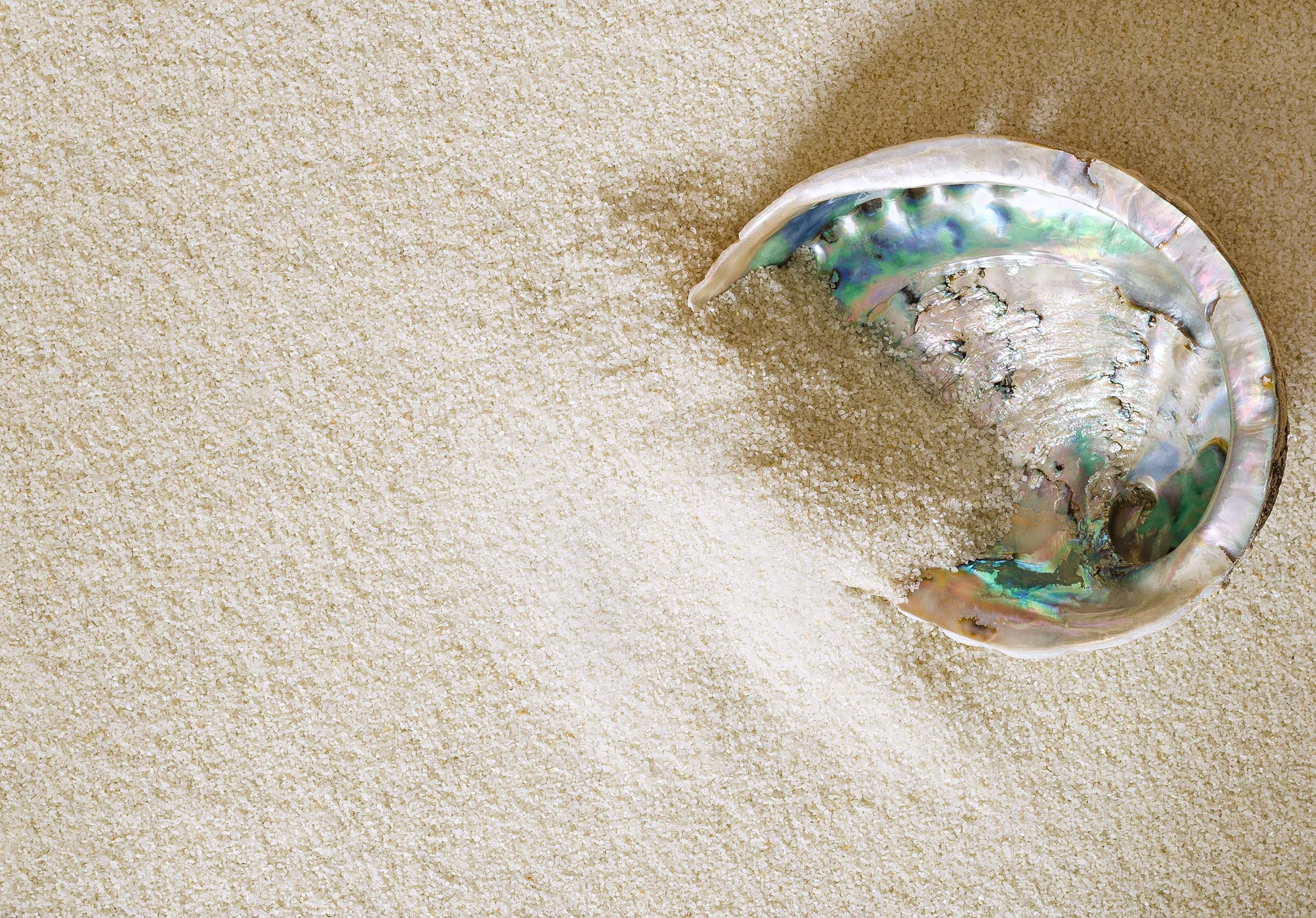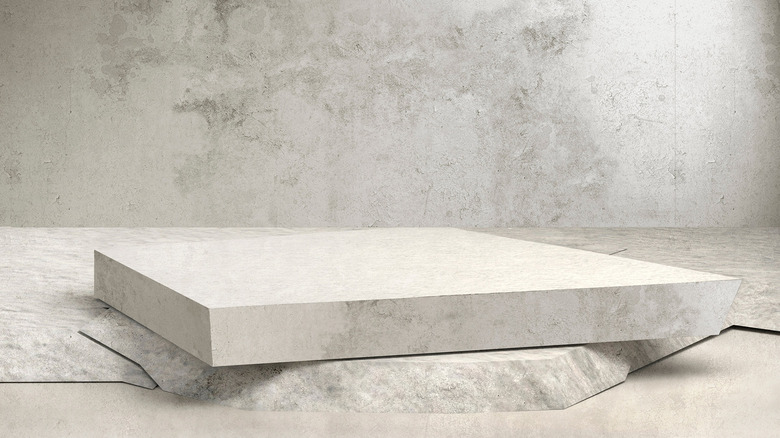Scientists Invented A New Concrete That's 17 Times More Resistant To Cracking
A new type of cement is bridging the gap between nature and one of the most used construction materials on the planet. This new, more crack-resistant concrete was inspired by the material that makes up abalone and oyster shells, the researchers explain.
According to the scientists's research, which is published in Advanced Functional Materials, the researchers hope that the stronger concrete could help lead to "tougher, safer and more durable" options for other brittle materials, too—including porcelain.
It's an ambitious project similar to other research we've seen where scientists have mixed coffee with concrete to make it stronger. This new, more crack-resistant concrete appears to use alternating hexagonal cement tiles and a thin polymer to make it 19 times more able to deform and stretch without breaking, the researchers claim.

Being able to stretch under pressure is important, as it makes the concrete less brittle, thus allowing it to be up to 17 times more resistant to cracks. The researchers believe they could take this method and even move it over to other brittle ceramic materials, too, like porcelain. Considering how fragile porcelain is, that would certainly be an improvement.
The researchers designed the new crack-resistant concrete based off of a material found in nature that we call nacre, or mother of pearl. It is found inside certain shells, and when looked at on a microscopic level, the nacre is made up of several hexagonal tablets that are glued together with a biopolymer. This allows the shells to be much stronger than they would if they were just a solid object.
However, the researchers say they don't simply want to mimic what nacre is doing in nature and put it into concrete. Instead, they want to actually learn those principles behind nacre and use them to inform how we engineer human-made materials like concrete and other ceramics. This, they say, will help us create stronger materials for the future.
